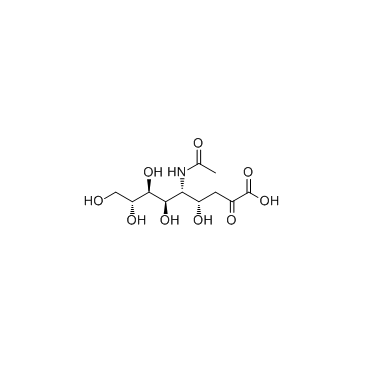| 结构式 | 名称/CAS号 | 全部文献 |
|---|---|---|
 |
神经氨酸酶 来源于产气荚膜梭菌
CAS:9001-67-6 |
|
 |
N-乙酰神经氨酸
CAS:131-48-6 |
|
 |
扎那米韦
CAS:139110-80-8 |